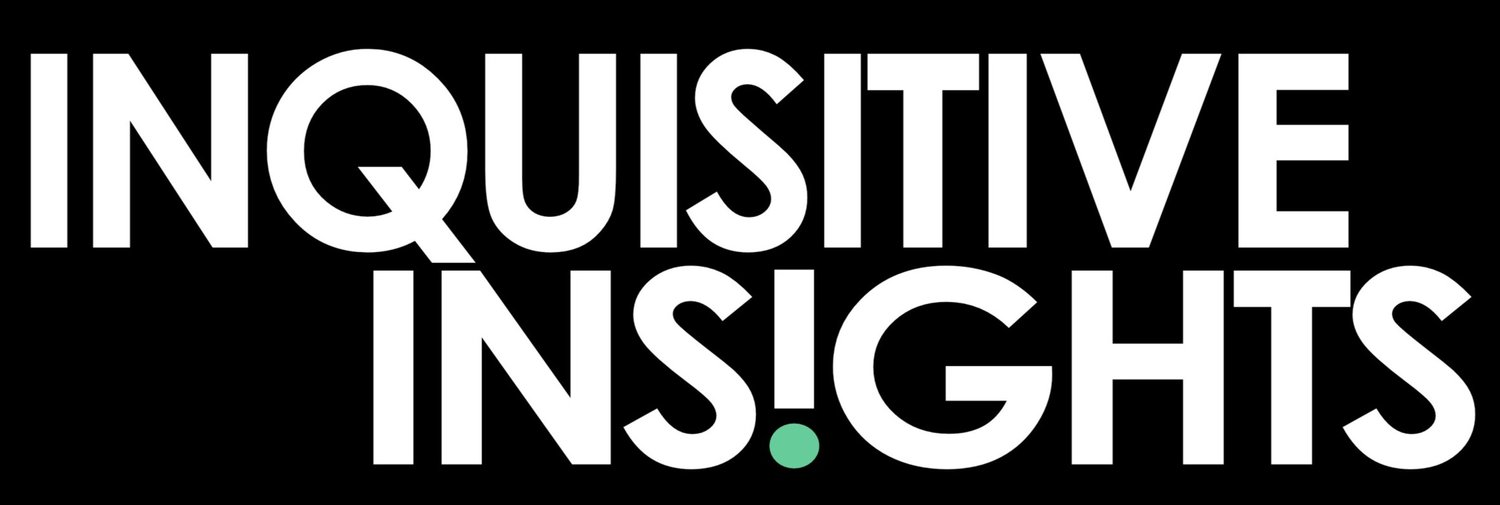5 Times You (Really) Need Consumer Research
Talking to customers is always a good idea, but for many business leaders, it can be hard to know when to make the investment. Here are just a few signs that it’s time to do consumer research:
You don’t know who your customers are.
You should be able to recite the key characteristics of your target customer. Not just basic demographics (age, HHI, employment, parental status) but something about who they are as humans. Maybe they’re 30-something stay-at-home moms who take a sense of pride in ensuring their kids eat healthy, but they hate cooking. Or maybe they’re 50-something senior level executives who still commute to an office at least 4 times a week and are concerned that they don’t spend enough time exercising. The details matter. Understanding your customers’ lifestyles, motivations and needs strengthens your ability to speak their language and creates an opportunity to build deeper brand loyalty.
Your customers are complaining.
Occasional customer complaints are par for the course in any business, but when you start seeing recurring themes or are hit with a sudden in-flux of complaints, it’s time to investigate. Capturing customer feedback about their experience after the fact is helpful, but you might be surprised what you can gain by observing customers using your product or service, or facilitating discussions among frequent customers to understand how their experiences (or expectations) have changed over time. Being open to hearing challenges or concerns you’ve never considered before can lead to new solutions that build trust with your customers.
You’re preparing to launch something new.
You did it! You developed an exciting new [insert amazing thing here]. Now, hopefully you already know who you developed it for (see point number 1)…but have you tested it out with that audience? Seeking early feedback on new ideas and concepts is the best way to avoid a major fail at launch. You could find out that your customers can imagine even more uses for this new idea than you can. Or maybe gain a deeper understanding of the way your customers talk about the problem that you’re trying to solve for them, which can then be applied to marketing. At a minimum, early testing helps you identify any red flags before you go big.
Your marketing isn’t working.
You launched a campaign and didn’t see the results you wanted. Maybe you even tweaked it and tried again, to no avail. Your leadership team loved the campaign, so what gives? This is a great time to bring in some external feedback. Creative and message testing can help you learn what about your campaign resonates (or not) among your target consumers so you can refine and try again. Or a deeper dive into understanding the role your brand plays in the lives of your customers could help you reframe the way you talk about yourselves, creating stronger marketing platforms going forward.
You’re not getting repeat business.
Sometimes brands get everything right when it comes to creating awareness and driving initial purchase, but then…those customers don’t come back at the volume or frequency that was anticipated. Did the experience not live up to expectations? Is one of your competitors doing something better? You can look at the data all day long to see what’s happening, but talking to your customers is the most direct path to understanding why it’s happening, so you can make whatever pivot is needed to bring those customers back.
If any of these sound familiar, it’s time to make consumer research a priority. An expert partner can help guide you through the process and ensure that you choose the right research approach for your business challenge. Let’s talk.
